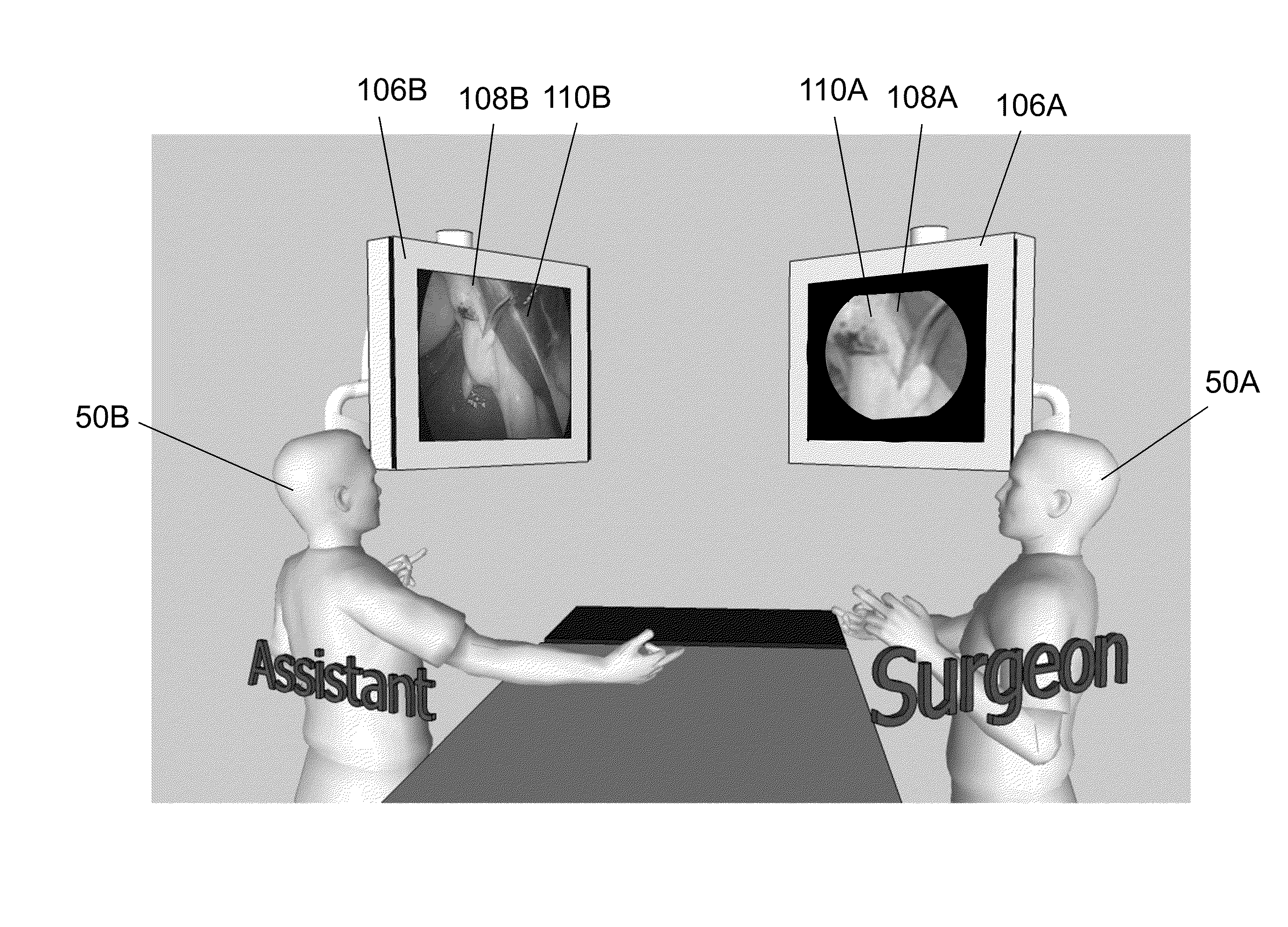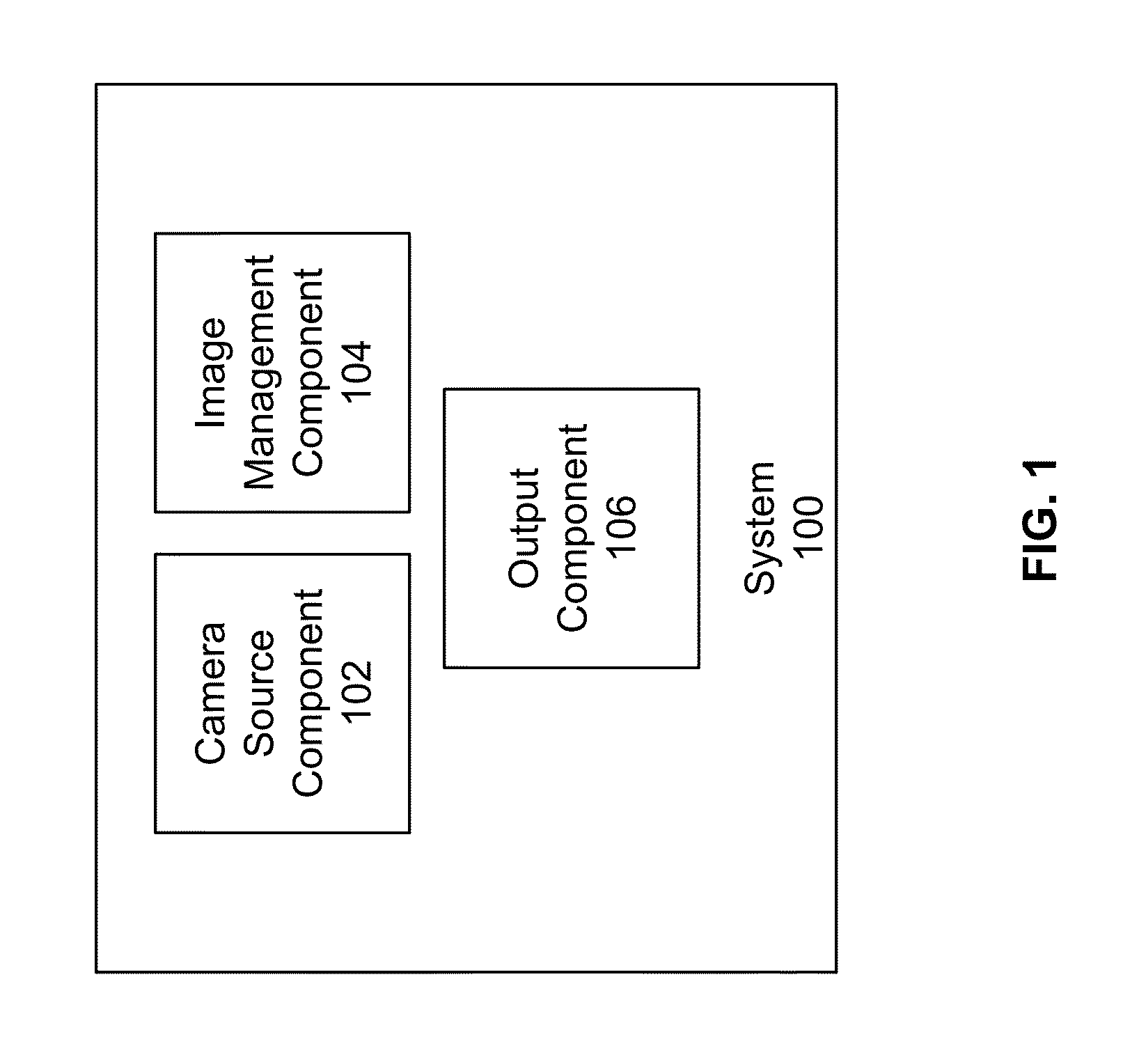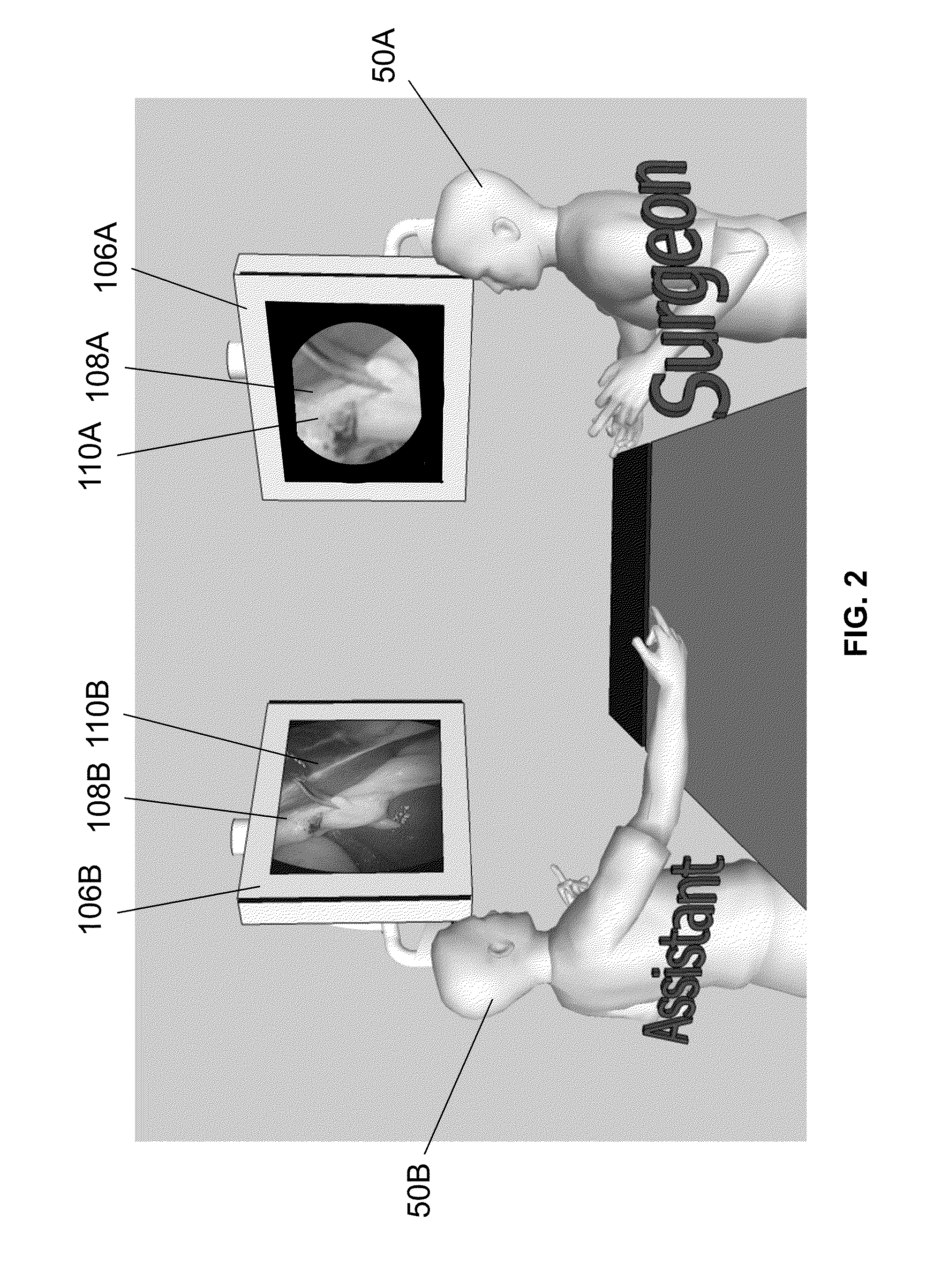System and methods for video image processing
a video image and image processing technology, applied in the field of video images, can solve the problems of difficult manual adjustment of the zoom level of the video image, poor zoomed-in image quality, and insufficient system requirements, so as to increase the perceived quality of the detailed perspective display, reduce the perceived quality of the resulting display, and maximize the perceived quality
- Summary
- Abstract
- Description
- Claims
- Application Information
AI Technical Summary
Benefits of technology
Problems solved by technology
Method used
Image
Examples
Embodiment Construction
[0053]For purposes of this application, the present invention is discussed in reference to systems and methods of video image processing configured for use during minimally invasive surgeries, but the discussion is merely exemplary. The present invention is applicable to any function for which a single camera source component providing two different high resolution perspective displays of a target is useful.
[0054]Minimally invasive surgery may include various benefits such as reduced post-operative discomfort, reduced chance of infection, quicker recovery times, shorter hospital stays, quicker return to full activity, smaller external scars, and less internal scarring. Accurate and precise manipulation of surgical tools or instruments is desired during any surgical procedure, but this is particularly true with minimally invasive surgery.
[0055]Laparoscopic surgery is one type of minimally invasive surgery performed through small incisions. During laparoscopic surgeries, the health ca...
PUM
 Login to View More
Login to View More Abstract
Description
Claims
Application Information
 Login to View More
Login to View More - R&D
- Intellectual Property
- Life Sciences
- Materials
- Tech Scout
- Unparalleled Data Quality
- Higher Quality Content
- 60% Fewer Hallucinations
Browse by: Latest US Patents, China's latest patents, Technical Efficacy Thesaurus, Application Domain, Technology Topic, Popular Technical Reports.
© 2025 PatSnap. All rights reserved.Legal|Privacy policy|Modern Slavery Act Transparency Statement|Sitemap|About US| Contact US: help@patsnap.com



